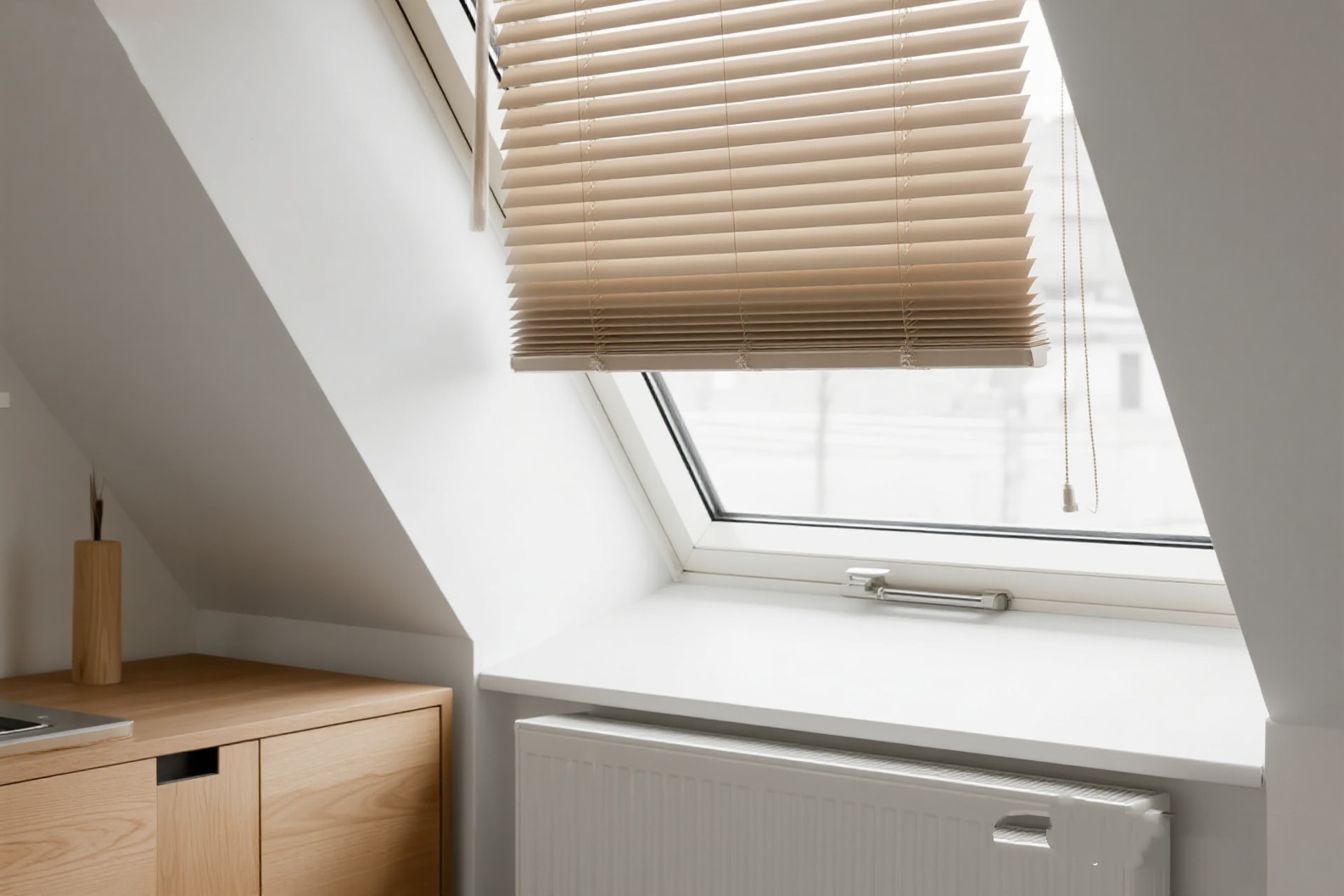Spoiler alert: Yes, but only if you know what you’re doing.
Look, I get it. You’re tired of wrestling with those flimsy plastic blinds that break every six months. You’re sick of dusting venetian blinds that collect more grime than a subway platform.
Welcome to 2025, where we’ve figured out how to put blinds INSIDE windows.
What Actually Are Integrated Blinds?
Stop overthinking this.
Traditional blinds hang on your wall like a sad decoration from 2010. Integrated blinds live between two panes of glass in your window.
Think of it as a snow globe, but instead of fake snow, you’ve got adjustable slats that actually work.
The blinds sit in the air gap between double or triple-glazed windows. You control them with magnets or a remote. No strings to break. No cords for your cat to destroy.
It’s basically what regular blinds should have been all along.
The Brutal Truth: Pros and Cons
Why They’re Actually Good
They Save Space (Finally)
Small apartment? Tiny house? Studio with zero wall space?
These blinds don’t steal precious square footage. They’re built INTO the window. Revolutionary concept, right?
Zero Maintenance Drama
Remember spending Sunday afternoons cleaning blinds slat by slat? Those days are over.
Sealed inside glass means no dust. No grime. No weekend cleaning sessions that make you question your life choices.
Actually Convenient Controls
Magnetic control systems respond to a handheld magnet. Just slide it up and down the window frame.
Electric versions connect to your smart home. Alexa can handle your blinds while you handle your coffee.
Privacy That Works
Adjust the angle for perfect light control. Get natural light without giving your neighbors a free show.
Perfect for bedrooms where you want morning light but not morning judgment.
They Look Professional
Clean lines. No hanging hardware. No visible mechanisms.
Your windows look like they belong in an architectural magazine instead of a college dorm.
The Problems Nobody Talks About
Expensive as Hell
Let’s be honest. These cost 3-5 times more than regular blinds.
Budget $200-500 per window for decent quality. Premium systems? $800-1200 per window.
Repair = Replace Everything
One broken slat means replacing the entire glass unit. That’s not a $50 fix. That’s a $500-1000 problem.
Limited Design Options
Want bold colors? Unique patterns? Custom textures?
Too bad. You get white, gray, or maybe beige if you’re feeling wild.
Smart Shopping: How to Not Get Screwed
Glass Matters More Than You Think
Demand tempered glass.
Regular glass breaks into dangerous shards. Tempered glass crumbles into safe pieces.
Your insurance company cares about this. Your family definitely does.
Slat Material Reality Check
Aluminum slats: Durable but heavy. Smooth operation requires quality mechanisms.
PVC/ABS slats: Lighter weight, better for humid climates. Won’t rust in your bathroom.
Choose based on your actual environment, not marketing hype.
Control System Breakdown
Manual magnetic: Costs less upfront. Works fine if you’re home during the day.
Electric/smart: More expensive but integrates with home automation. Worth it if you travel frequently or work odd hours.
Manufacturer Warning Signs
Avoid companies that can’t provide:
- 10+ year warranties
- Local service technicians
- Insurance certifications
- Installation references
Red flag: Any company pushing same-day decisions or limited-time offers.
Real Solutions for Common Problems
Problem: Installation Costs
Solution: Get multiple quotes during off-season (late fall/early winter). Many installers offer 20-30% discounts during slow periods.
Problem: Limited Repair Options
Solution: Buy extended warranties that cover mechanism replacement. Budget 5-7% of purchase price annually for warranty costs.
Problem: Smart Home Integration Issues
Solution: Verify compatibility BEFORE purchase. Test systems work with your existing setup. Demand demonstration, not just sales promises.
Problem: Energy Efficiency Questions
Solution: Ask for U-value and SHGC ratings. Compare against your current windows. Calculate energy savings over 10 years, not just upfront costs.
The Bottom Line
Integrated blinds work best for:
- People who hate maintenance
- Small spaces where every inch matters
- Tech enthusiasts who want smart home integration
- Anyone tired of replacing cheap blinds annually
Skip them if:
- You’re on a tight budget
- You love changing window treatments seasonally
- You rent and can’t make permanent modifications
- You prefer DIY repairs
Making the Decision
Ask yourself this: Would you rather spend $300 every few years replacing regular blinds, or $800 once for a 15-year solution?
If convenience and low maintenance matter more than upfront cost, integrated blinds make sense.
If you’re counting every dollar or love redecorating frequently, stick with traditional options.
Just remember: the cheapest option today often costs more tomorrow.
Ready to Buy?
Research local manufacturers who specialize in your climate. Northern climates need different specifications than southern regions.
Get written quotes that include installation, warranty coverage, and post-installation service.
Most importantly: see them in person before buying. Photos lie. Your eyes don’t.
Looking for specific product recommendations or installation quotes? Connect with certified dealers in your area who can provide hands-on demonstrations and accurate pricing for your specific windows.

发表回复